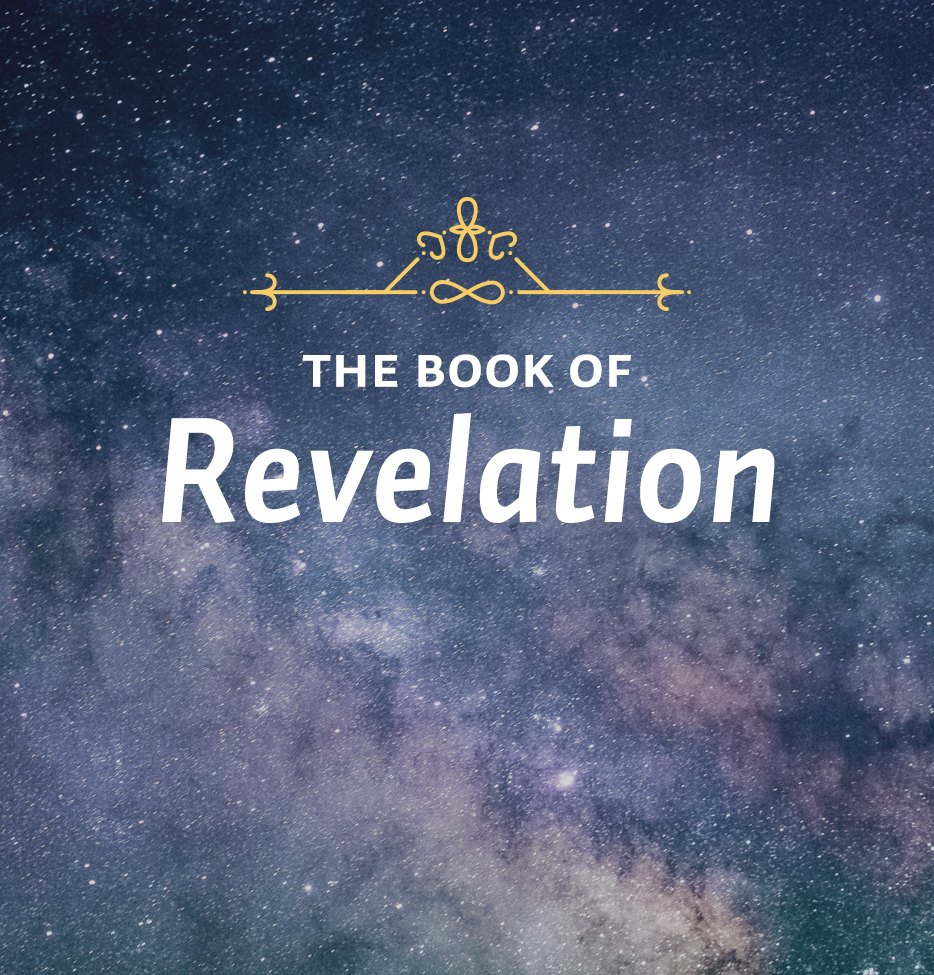John to the Seven ChurchesRevelation 1:4-5Theme: Who, what, when, where, and why.This week’s lessons teach us the various theories concerning the authorship and date of the Book of Revelation.
LessonWe ended yesterday’s lesson with speculation as to the date Revelation was written. The late dating of a.d. 81-96 – from the reign of Domitian – is the traditional dating, because it’s been held from the earliest days of the church. The first hard evidence for this is from Irenaeus in his writing about the identity of the anti-Christ.
He wrote, “For this was seen not very long ago but almost in our own day toward the end of Domitian’s reign.” So that’s the first hard evidence for a late date. It’s also the general consensus among scholars today, most of whom would date the book about a.d. 95. They hold it not because Iranaeus said it but because Revelation is so concerned with persecutions among Christians–getting them ready for it so that they’ll be able to stand against it. And, from what we know of history, the only widespread persecutions of the Church took place not as early as Nero, but during the reign of Domitian. Now it’s true, when the great fire destroyed Rome, Nero blamed it on the Christians, and many Christians there in Rome were fed to the lions in the arena, to deflect attention from Nero, himself. But there’s no evidence that that spread beyond Rome. It’s different in the case of Domitian. Domitian demanded Caesar-worship. Anyone who addressed him face-to-face had to begin by saying “Lord and God.” It’s true that there is no evidence for widespread persecutions under Domitian, but they did happen, and this is the only point in that early period of Roman history that it seems wise to put them. So the book fits into that. But the decline of the churches described in chapters 2 and 3 also seems to fit a later date. You don’t talk about decline in the very early years – a period of years has to go by.
One other set of evidence for a late date is found in a reference to the Laodicean church. The Laodicean church is called “wealthy,” but Laodicea, the city, was destroyed by an earthquake in a.d. 60-61, and it would seem that it would take a little while for the church to build itself up, or a city to build itself up to the point of being wealthy, not just a couple of years. So that’s the evidence for a later dating of Revelation.
The other argument is for an earlier dating, from the reign of Nero, that is, a.d. 54-58. This date is favored by the preterists. Preterists are the people who want to say that the prophecies in this book, because they are described as things that must soon take place, actually did take place shortly after the time John wrote them, and they’re associated with the fall of Jerusalem. The preterists take an early date, obviously, because it’s necessary for their interpretation of Revelation. They think of Babylon, which is mentioned throughout Revelation, as a disguised reference to Jerusalem, although John probably uses it of Rome.
One argument for an early date for Revelation is the mention of the temple in Revelation 11, verses 1 and 2. There’s no indication there of its destruction; but that assumes that John is writing about a literal temple in Jerusalem and that it’s not a figurative way of thinking, which is not quite right.
Here’s another argument for an early date. Revelation 17:9 speaks of seven mountains, which is probably a reference to Rome, built on the seven hills; followed by a reference to seven kings, five of whom are fallen; the sixth is reigning, and the seventh is yet to come. Now, some work out the sixth king to be Nero, that is, the one who was reigning at the time that John is writing the book – therefore, an early date. But of course, everything depends on when you start. And a great deal of juggling seems to be needed to get this to work.
As in the matter of deciding who wrote it, we’re probably best if we just stick with the traditional dating and conclude that the prophecy was given to John for a time in history when the churches were beginning to feel pressure to bow to the Roman emperor in worship, and to prepare them for the kind of difficulties that would exist in such times.
Study Questions
Why is a late dating for the writing of Revelation more traditional than an early dating?
Why is mention of the temple in Revelation 11:1-2 an argument for an early date for the writing of Revelation?






